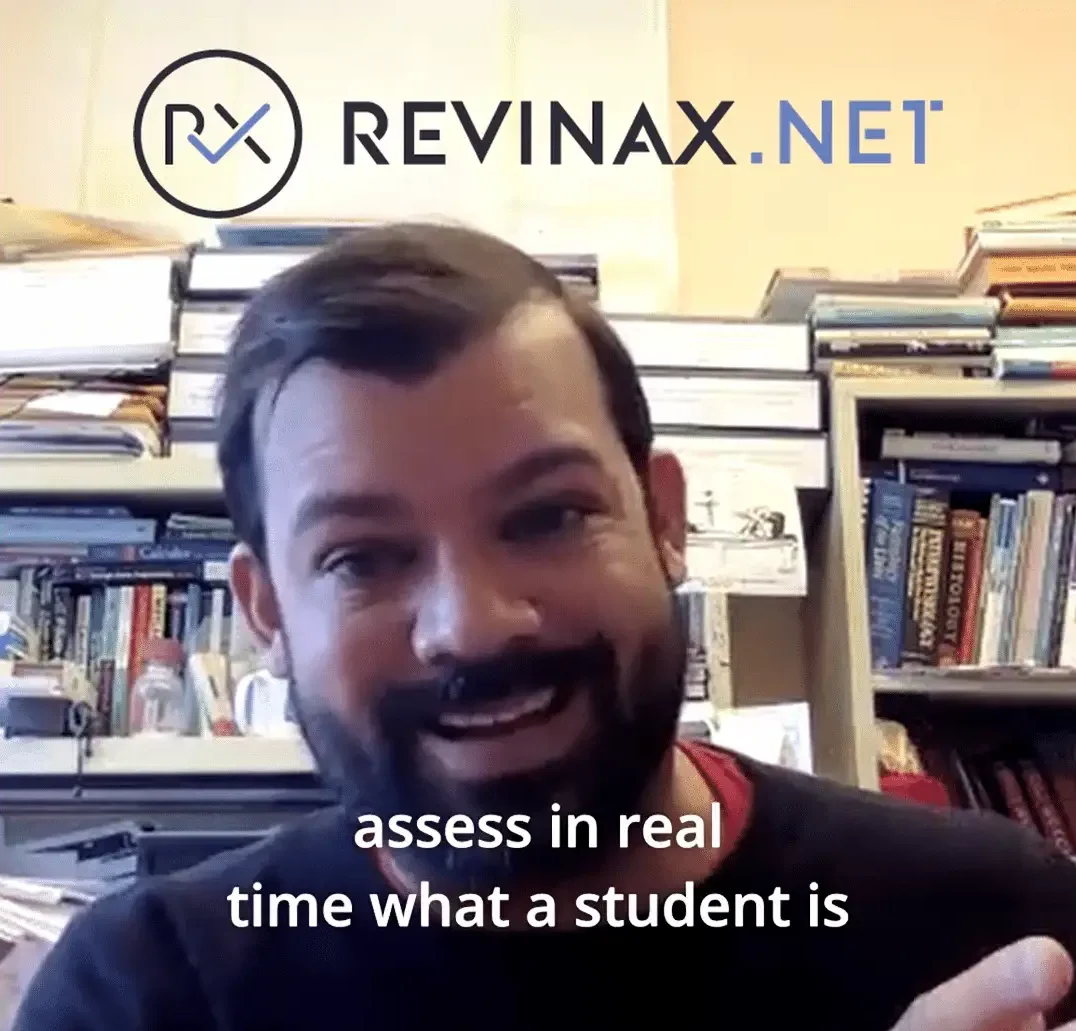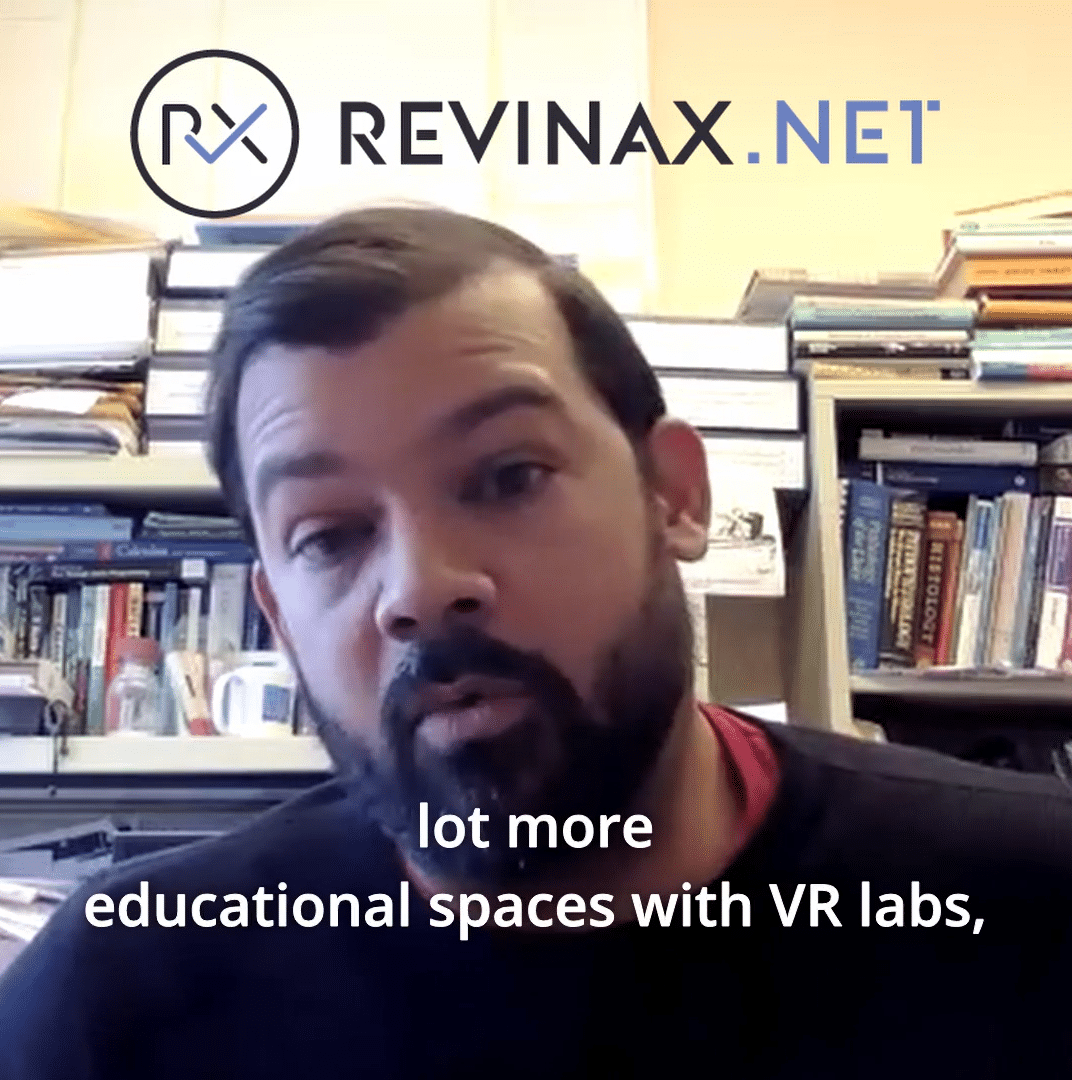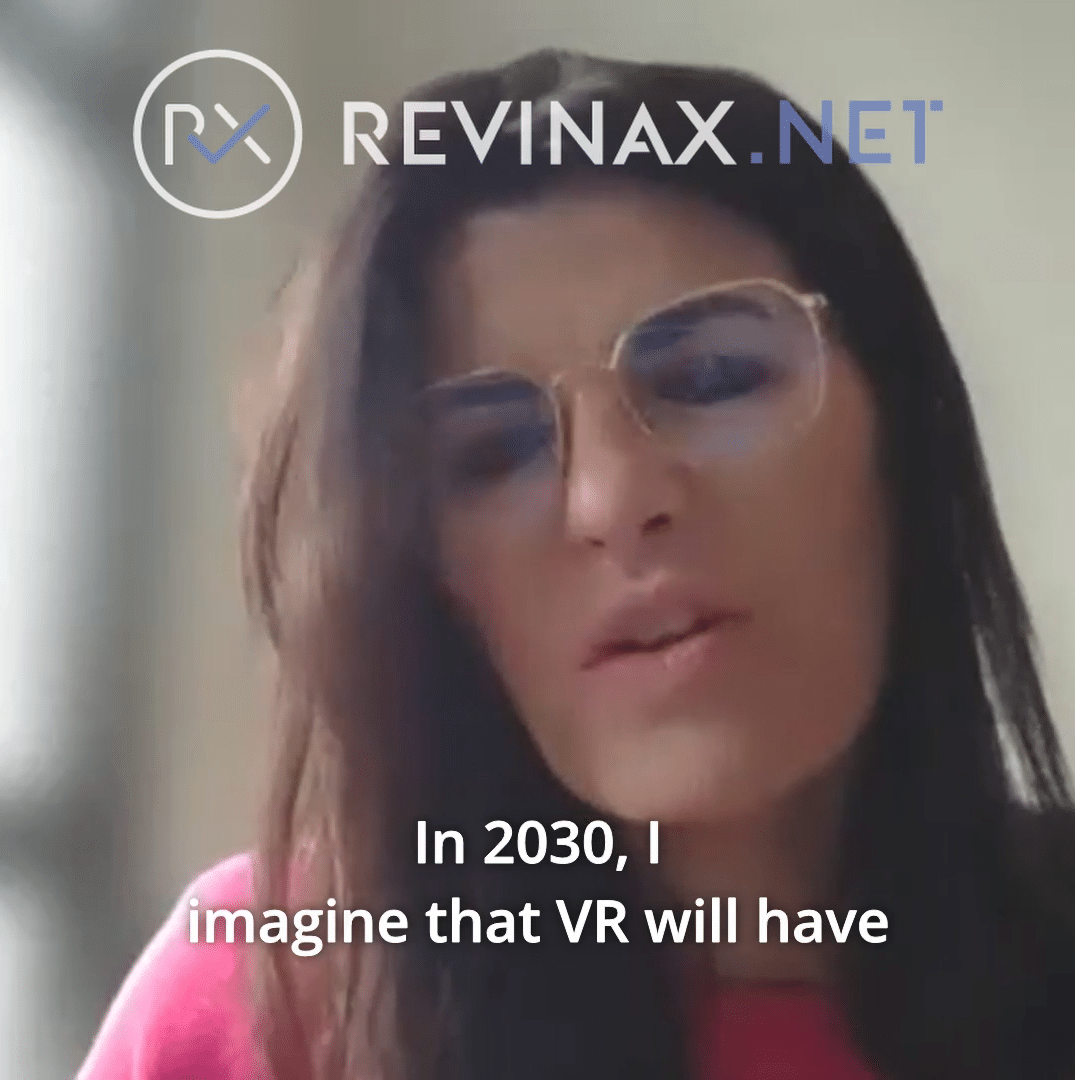For a surgeon, learning and memorizing the right technical gestures is crucial. The more complex a procedure is, the more essential the fit between the precision of the gesture and the medical device. How do we optimize and maintain this fit? And how do we cope with the increasing difficulties of in-person learning in the operating room?
Remote learning is increasingly popular. But what do you really know about these training tools and what they can offer learners? This article will tell you more about it.
The difficulties of in-person learning
More complicated access
In-person demonstrations have become more challenging due to various factors:
- More restrictive legislation
- Less access to operating rooms than before the Covid crisis, making observations in the OR more uncertain
- The practice of using cadaver labs, which is showing its limitations
- The considerable investment in time and money required for in-person learning.
The risks of in-person learning
The main challenge, over the medium and long-term, is to optimize the acquisition and retention of new knowledge. Peer-to-peer training runs up against two potential obstacles:
- The risk of “top-down” information getting lost between the company’s training manager, the sales representative who transmits this knowledge, the key opinion leader (KOL) surgeon who performed the demonstration, and the surgeon who followed it.
- The risk of forgetting small yet critical details of a technical procedure between the time of the demonstration and when the trained surgeon actually performs the procedure, or between one procedure and the next.
How do we eliminate this difficulty?
Remote learning: an innovative new terrain for learning
The webinar boom
The word “webinar” is a portmanteau of the words “web” and “seminar.” Webinars are online courses put together on audiovisual platforms.
During the health crisis linked to the coronavirus, webinars became an interesting alternative to in-person classes. Today they have become an integral part of the higher education landscape.
However, in spite of their advantages, they cannot replace real-life training: surgical experience remains the backbone of training for healthcare professionals.
Virtual reality: a powerful advantage for remote learning
Virtual reality, or VR, is a way of creating an alternative reality, of diving into an immersive experience.
This tricks the brain into believing that it is actually experiencing the created environment, through synthetic images, 360° video images, or a mixture of both. You can imagine all the possibilities this offers in the way of learning and training.
- VR solutions using synthetic images alone have been proposed for training medical interns. However, while they have potential, they also have their limits in terms of pedagogy. In fact, even if students can interact in the environment recreated using synthetic images, their brains know that they are not with a real patient, and that it is not an actual surgery.
- The “total” VR experience must be an immersive, first-person “job shadowing” experience. VR supports and reassures the surgeon. With the help of cutting-edge tools, users not only see the specialist operating, but feel as if their own arms were performing the procedure, making memorization much easier. In this exciting field of innovation, these solutions provide significant prospects for development.
VR in the service of surgical technique
If we perform a gesture ourselves, our brains memorize it in much more detail than if we simply observe. This finding, which has been scientifically collaborated, arose from the idea of offering immersive tutorials in virtual reality.
It works based on this principle: a KOL, a surgeon highly respected in his or her field, operates in the OR while being filmed, which allows every detail of the procedure to be captured.
This video is then shown in VR mode. The tutorial is enhanced with additional information, and the action is structured by breaking the surgical procedures up into chapters. The result is subjective immersion with a step-by-step structure.
The Pedagogical Continuum: The Ability to Call Up Knowledge at Any Time
The pedagogical continuum: a major learning objective
In the surgical field, after-sales support of medical devices is especially important: a human life hangs on the precision of the gesture. Therefore, it is imperative that this knowledge be maintained over time, and that all personnel involved be able to refresh their memory of these procedures.
Nonetheless, each surgery is unique each time it is performed.
For that reason, it is important to let specialists “review” just before the surgery, if they feel the need, or to check certain technical details if quite a bit of time passes between two specialized surgeries.
The tutorial library: for knowledge update
To store knowledge and find it easy, the ideal is a protected storage platform, with restricted access, that allows surgeons to refresh their knowledge any time and any place, and be able to transfer it to PC, tablet, or smartphone.
The idea is for knowledge not to be lost and to be accessible at any time.





